
From the inception of the Jazzmatazz series, Guru has used his clout as the lyrical half of Gangstarr to explore his extracurricular artistic interests that marry hip-hop with its musical forefathers and modern day brethren. It’s not a novel concept, but one that can be disastrous if not conducted carefully and thoughtfully.
While the first installment, released in 1993, included the imagery of classic Blue Note records (complete with an appearance by jazz virtuoso Donald Byrd) and appearances by respected jazz musicians Roy Ayers and Courtney Pine, Guru knew the shtick wouldn’t stick. On the second and third installments — released in 1995 and 2000, respectively — he added more appearances by R&B acts (i.e. Chaka Kahn, Angie Stone, Erykah Badu), likely in an effort to add some soul to his monotone voice, which often got lost amidst the smoky jazz production of Volume I.
But on the fourth installment, Guru blends a mix of clear 1980s influences into a 16-track album with name-brand reggae and jazz acts that exploits the sounds of the Regan-era. Damian “Jr. Gong” Marley appears on the chorus of “Some Things Will Never Change” (which employs a rhythm almost identical to the famous “Apache” beat) and Guru finds himself rhyming alongside Common on “State Of Clarity,” which includes an appearance by “smooth jazz” staple and the often-sampled Bob James. The noteworthy collaborations are certainly worth a listen.
However, the album loses points with a number of R&B tracks that fall flat. Previous installments have included Guru working with established singers, but appearances by Raheem Devaughn (“Wait On Me”) and Bobby Valentino (“International”) are nothing but annoying, and the reworked version of “Summer Breeze” — which the Isley Brothers made famous in the 70s — is a weak attempt by Guru to broadcast his sexual bravado.
While Jazzmatazz Vol. 4 is uneven, Guru wraps up the record with “Living Legend” — a track that sounds like the Gangstarr MC rhyming over the theme music to “Saturday Night Live.” In theory it is hard to imagine what a collaboration between Guru and saxophonist David Sanborn (who is best known from his appearances as part of the David Letterman backup band) would sound like, but in practice the song is well executed and somewhat memorable. It also gives Guru a platform to remind listeners that he is, in fact, a living legend (despite his efforts to team up with throwaway R&B acts), and that the Jazzmatazz series has been a worthwhile endeavor that hasn’t flown up in his face.
Comments
No Comments
Leave a reply
- Raekwon Sets A Release Date For “F.I.L.A.” Album
- BUSH: A Snoop Odyssey Produced By Pharrell Williams [Preview]
- Drake – “If You’re Reading This It’s Too Late” Surprise Album on iTunes Now
- Action Bronson “Mr. Wonderful” Cover Art and Tracklist
- Juicy J “Blue Dream & Lean 2″ Mixtape Cover Art & Release Date Revealed
- MF Grimm “MF Love Songs” Cover Art + Tracklist
- Lord Hakim – “Brass Knucklez” (feat. Vast Aire & Phizz Ed)
- IAMSU! – “Hella Good” (feat. Tyga)
- DJ Kay Slay – “I Declare War” (feat. Styles P, Sheek Louch, Vado, Raekwon, & Rell)
- Maverick Sabre – “We Don’t Wanna Be” (feat. Joey Bada$$)
- Cannibal Ox – “Blade: Art of Ox” (feat. Artifacts & U-God; prod. Black Milk)
- Asher Roth – “Blow Your Head” (prod. Nottz)
- It's Time To Say Goodbye...
Commented on by Yungplex - It's Time To Say Goodbye...
Commented on by geedubbleyoo - Fat Trel - "In My Bag" (feat. Wale)
Commented on by Katae - Kanye West's "Runaway": What Does It All Mean?
Commented on by fidgar - Sole Vs. El-P: Part One - Sole
Commented on by Reno Yakavetta - It's Time To Say Goodbye...
Commented on by Atom

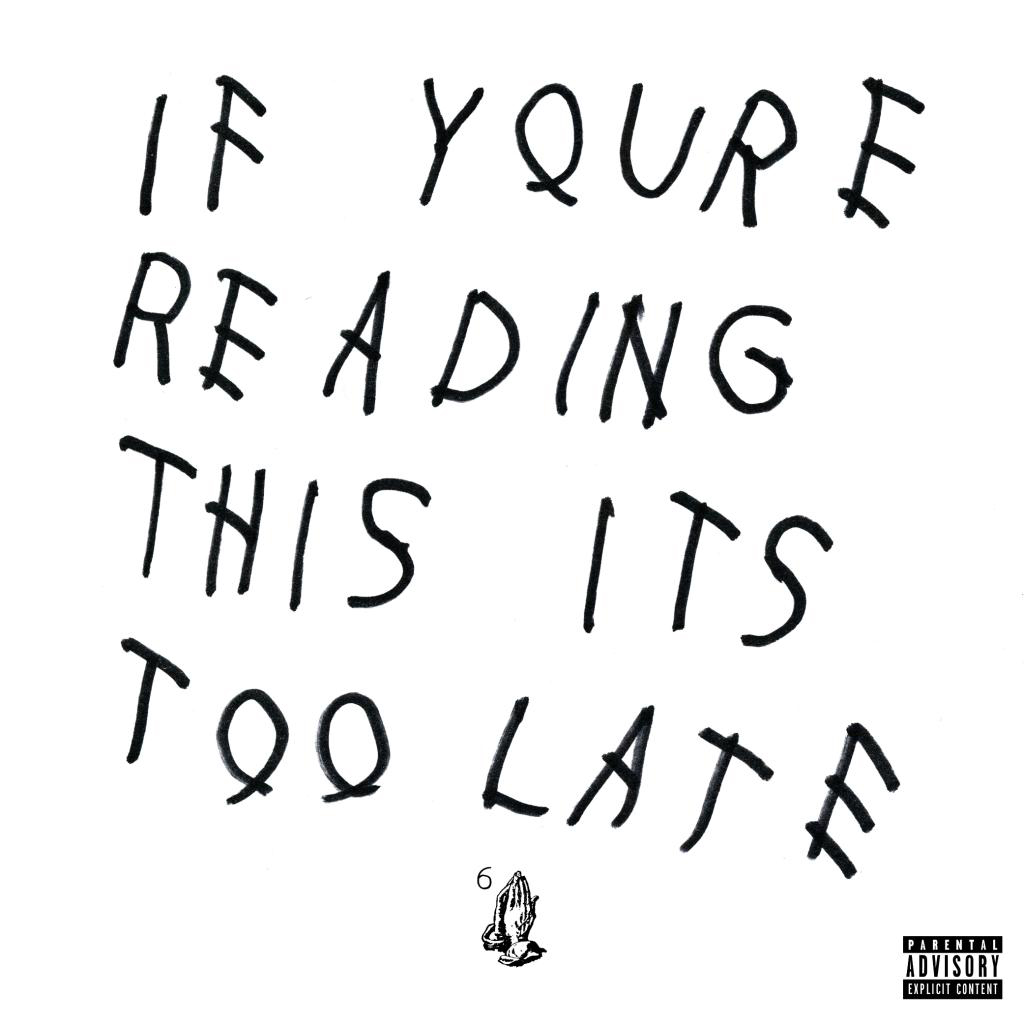
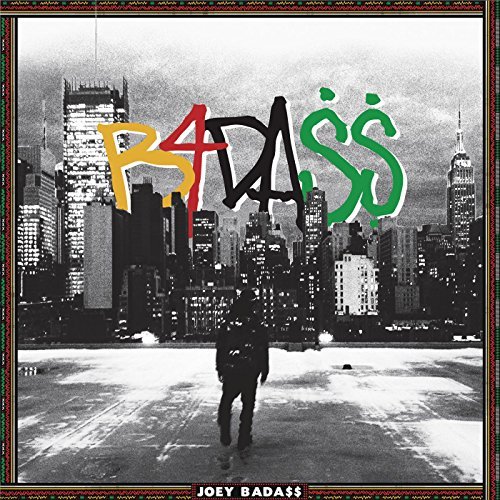

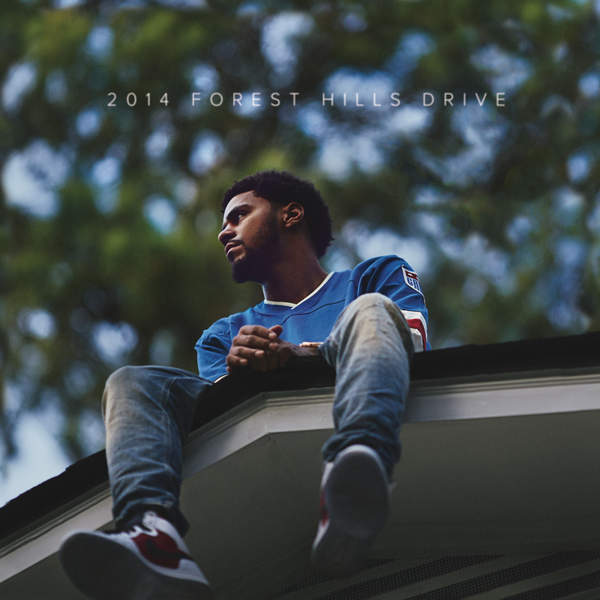




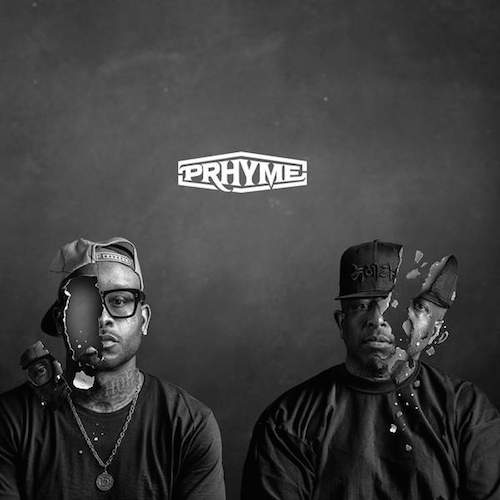
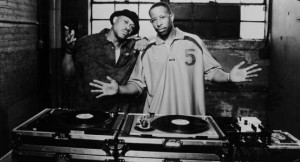

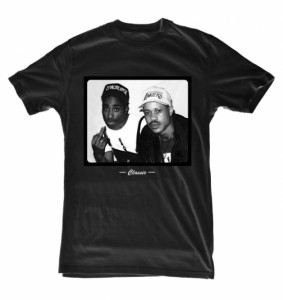

 Mixtape D.L.
Mixtape D.L.
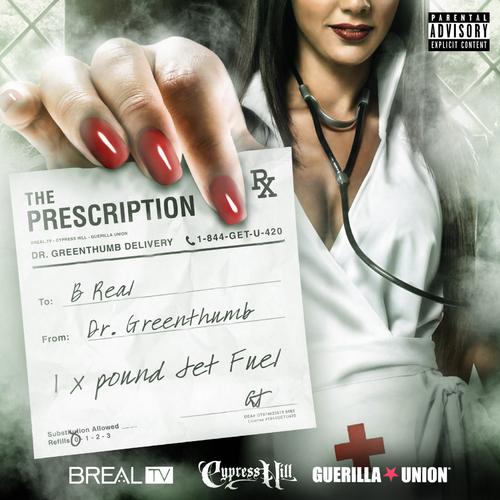
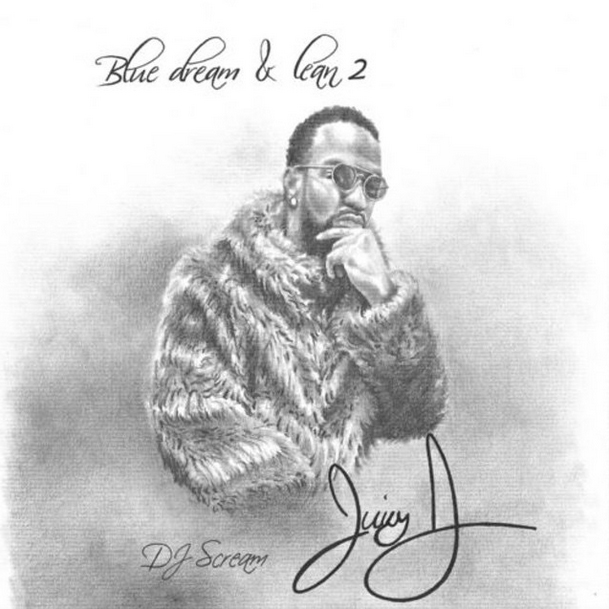
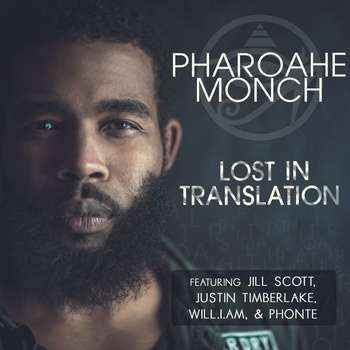

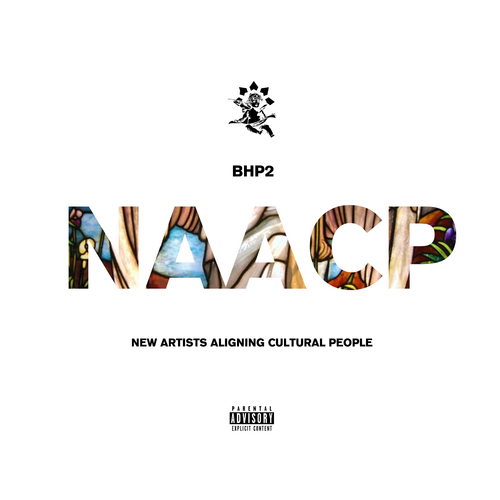


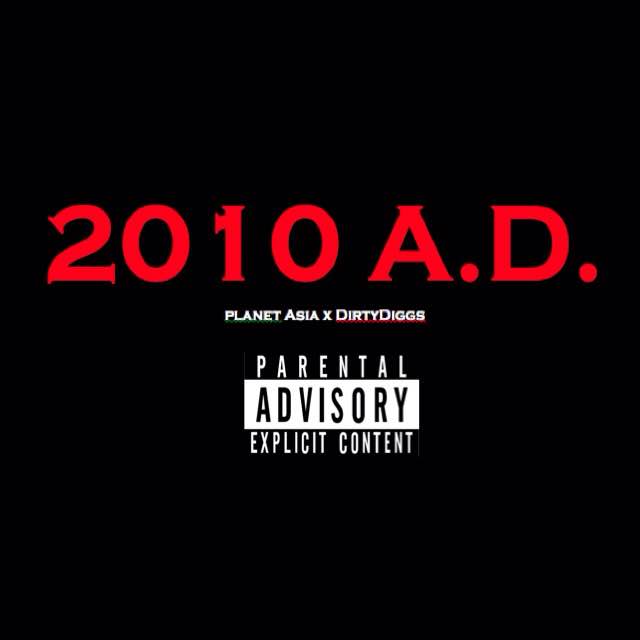
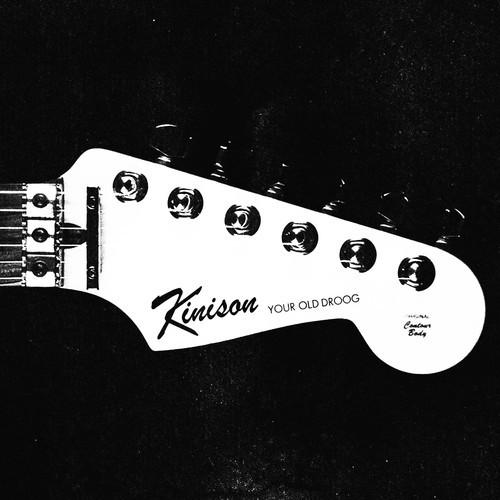
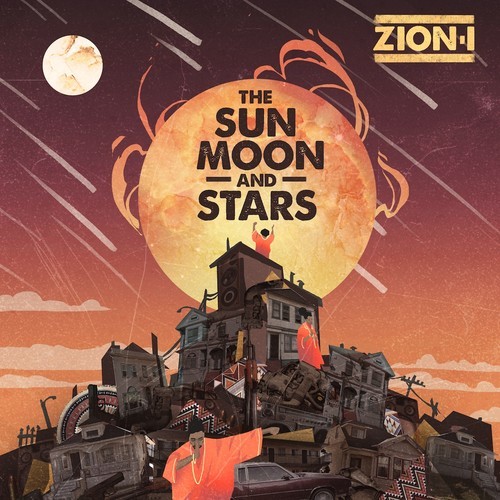

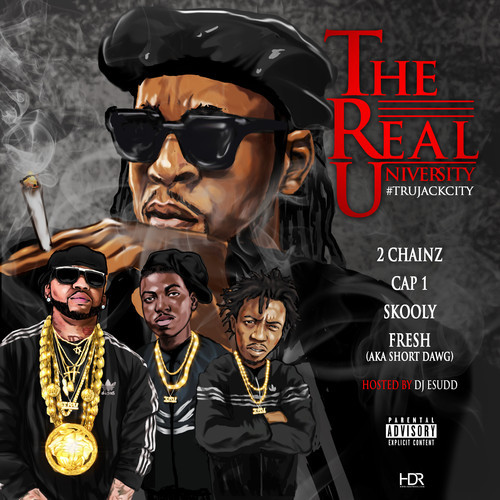
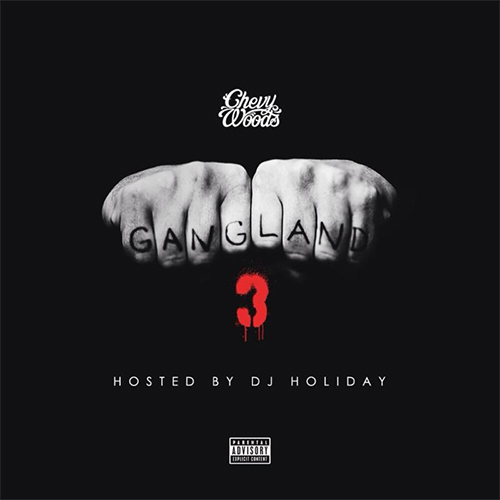
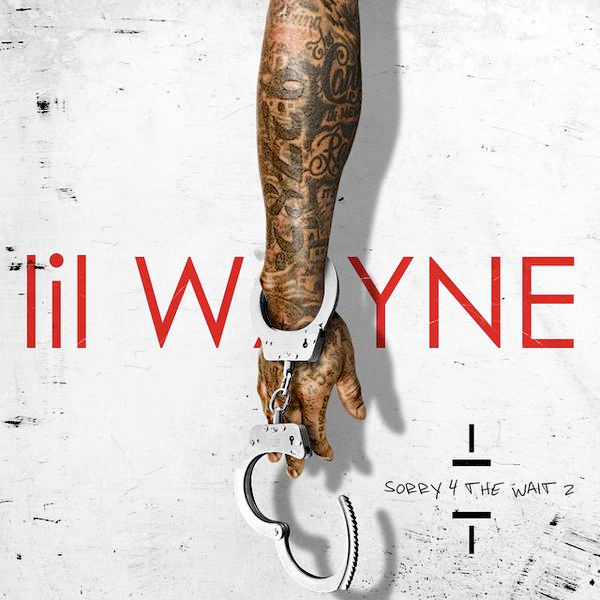
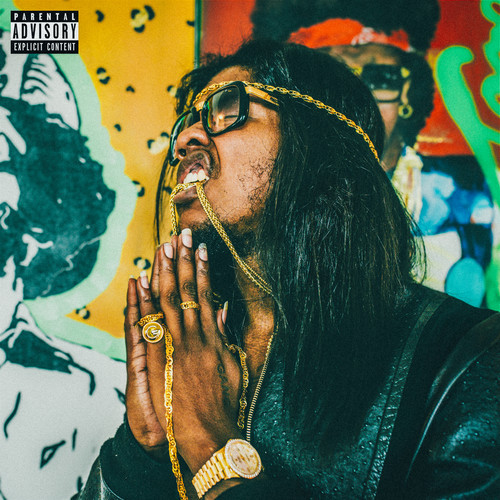





23 August, 2007@12:00 am
0 comments